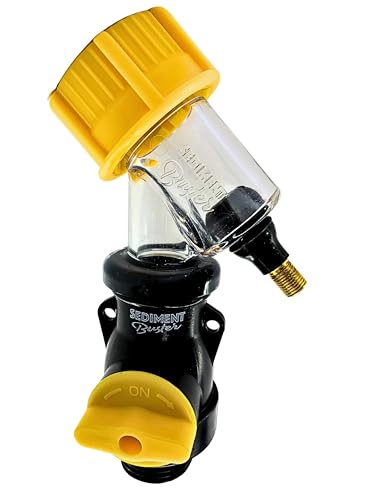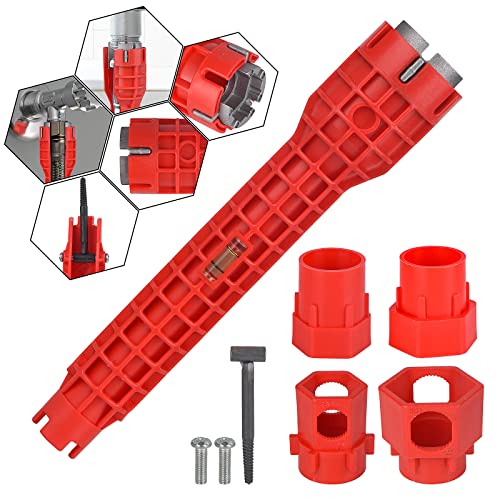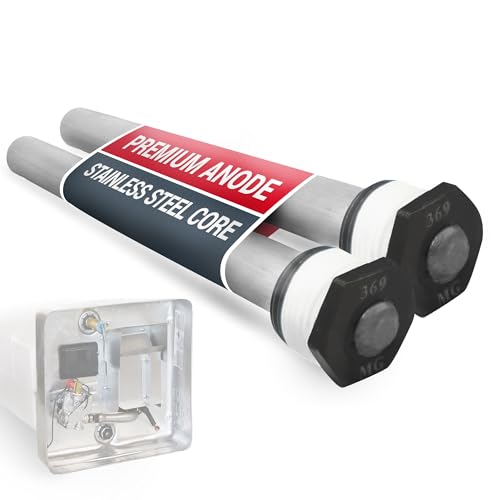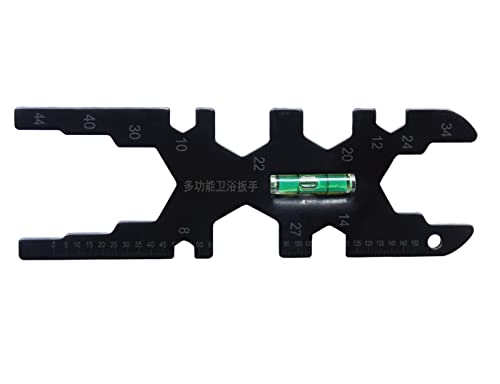From another forum.
Question posed to manufacturers:
A high loop is required on the dishwasher drain in the installation instructions for all of your dishwashers. What is the purpose of this? Doesn’t the high loop that is incorporated in to the side of the dishwasher achieve the same thing?
IMO the single clearest answer addressed the specific benefits of a second loop:
Viking: In testing our dishwashers, we have found that the additional high loop in the back of the dishwasher is required for proper draining of the water. We have seen when this piece is not applied that over time the consumer will have issues with the water back up and causing issues with proper drainage and water pooling in a particular area.
Other answers reported were:
Kenmore: "The high loop or air gap must be used to prevent potential backflow contamination of the dishwasher. Local plumbing codes generally dictate the requirements in your area. Section 807.4 of the Uniform Plumbing Code states: "No domestic dishwashing machine shall be directly connected to a drainage system or food waste disposer without the use of an approved dishwasher airgap fitting on the discharge side of the dishwashing machine. Listed airgaps shall be installed with the flood level (FL) marking at or above the flood level of the sink or drainboard, whichever is higher, or separately trapped with the airbreak located on the stand pipe."
GE: "If an air gap is not required, the drain hose must have the high loop from the floor to prevent backflow of water into the dishwasher or water siphoning out during operation."
Bosch: The high loop in the drain hose of your dishwasher is to keep water from settling in the hose if it were hanging down any lower or horizontally. This keeps the drain hose dried out and keeps any odors from backing up into the dishwasher.
Question posed to manufacturers:
A high loop is required on the dishwasher drain in the installation instructions for all of your dishwashers. What is the purpose of this? Doesn’t the high loop that is incorporated in to the side of the dishwasher achieve the same thing?
IMO the single clearest answer addressed the specific benefits of a second loop:
Viking: In testing our dishwashers, we have found that the additional high loop in the back of the dishwasher is required for proper draining of the water. We have seen when this piece is not applied that over time the consumer will have issues with the water back up and causing issues with proper drainage and water pooling in a particular area.
Other answers reported were:
Kenmore: "The high loop or air gap must be used to prevent potential backflow contamination of the dishwasher. Local plumbing codes generally dictate the requirements in your area. Section 807.4 of the Uniform Plumbing Code states: "No domestic dishwashing machine shall be directly connected to a drainage system or food waste disposer without the use of an approved dishwasher airgap fitting on the discharge side of the dishwashing machine. Listed airgaps shall be installed with the flood level (FL) marking at or above the flood level of the sink or drainboard, whichever is higher, or separately trapped with the airbreak located on the stand pipe."
GE: "If an air gap is not required, the drain hose must have the high loop from the floor to prevent backflow of water into the dishwasher or water siphoning out during operation."
Bosch: The high loop in the drain hose of your dishwasher is to keep water from settling in the hose if it were hanging down any lower or horizontally. This keeps the drain hose dried out and keeps any odors from backing up into the dishwasher.




















































